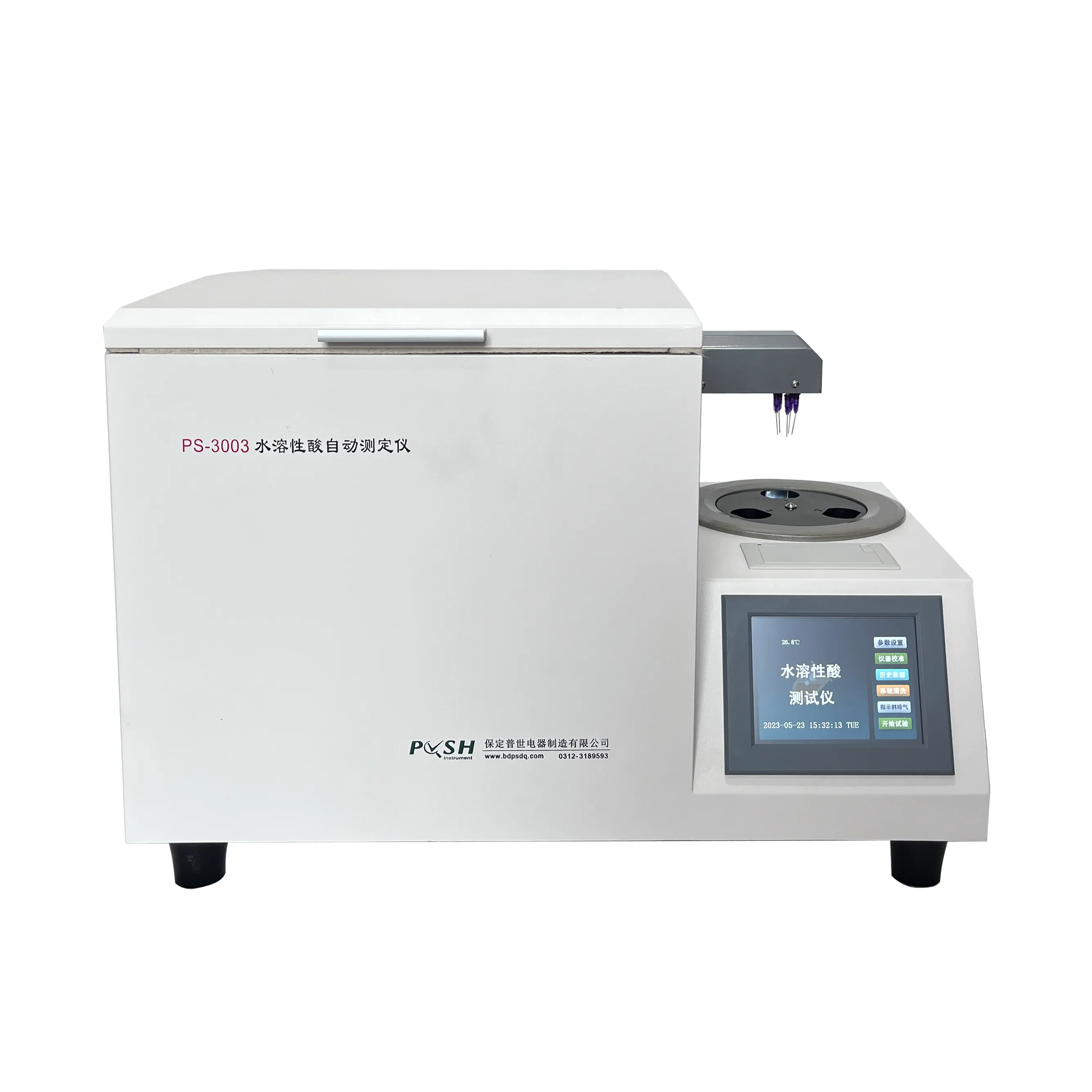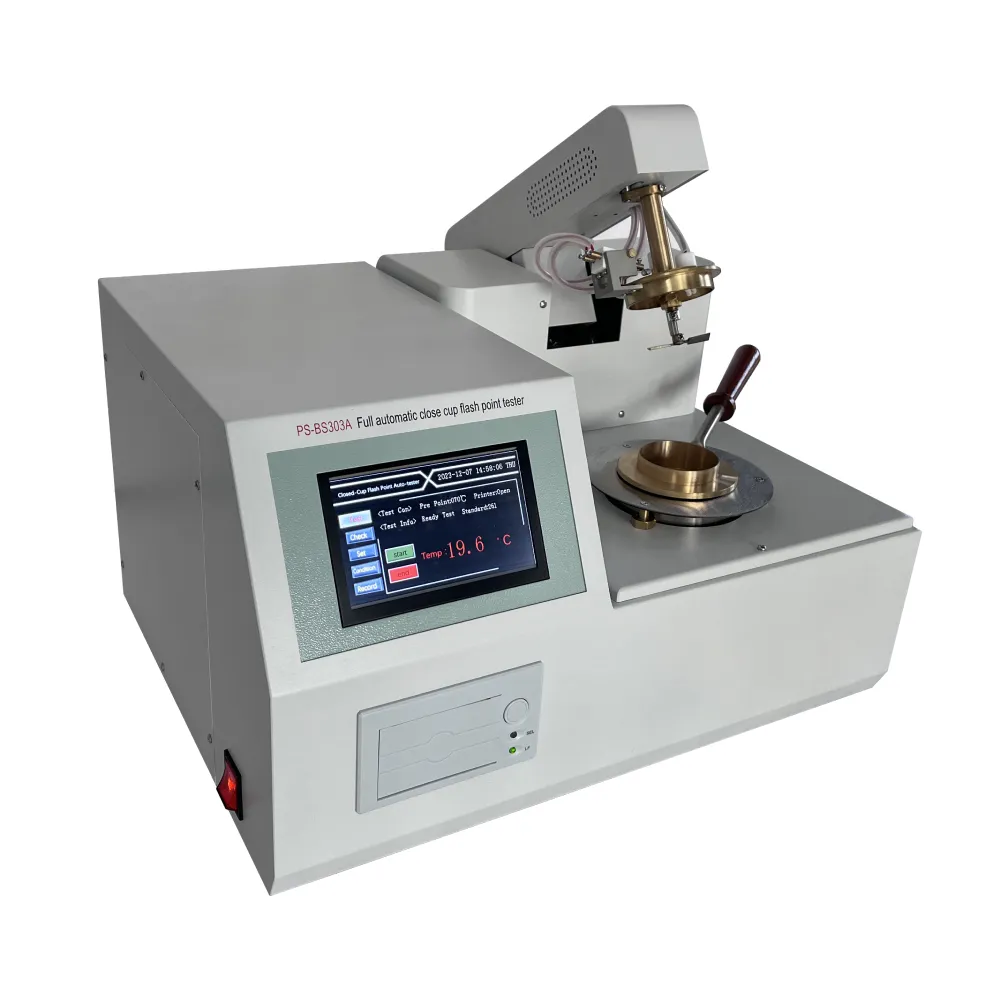TEL:
+86-0312-3189593
 English
English

Telephone:0312-3189593

Email:sales@oil-tester.com

-
 Afrikaans
Afrikaans -
 Albanian
Albanian -
 Amharic
Amharic -
 Arabic
Arabic -
 Armenian
Armenian -
 Azerbaijani
Azerbaijani -
 Basque
Basque -
 Belarusian
Belarusian -
 Bengali
Bengali -
 Bosnian
Bosnian -
 Bulgarian
Bulgarian -
 Catalan
Catalan -
 Cebuano
Cebuano -
 China
China -
 China (Taiwan)
China (Taiwan) -
 Corsican
Corsican -
 Croatian
Croatian -
 Czech
Czech -
 Danish
Danish -
 Dutch
Dutch -
 English
English -
 Esperanto
Esperanto -
 Estonian
Estonian -
 Finnish
Finnish -
 French
French -
 Frisian
Frisian -
 Galician
Galician -
 Georgian
Georgian -
 German
German -
 Greek
Greek -
 Gujarati
Gujarati -
 Haitian Creole
Haitian Creole -
 hausa
hausa -
 hawaiian
hawaiian -
 Hebrew
Hebrew -
 Hindi
Hindi -
 Miao
Miao -
 Hungarian
Hungarian -
 Icelandic
Icelandic -
 igbo
igbo -
 Indonesian
Indonesian -
 irish
irish -
 Italian
Italian -
 Japanese
Japanese -
 Javanese
Javanese -
 Kannada
Kannada -
 kazakh
kazakh -
 Khmer
Khmer -
 Rwandese
Rwandese -
 Korean
Korean -
 Kurdish
Kurdish -
 Kyrgyz
Kyrgyz -
 Lao
Lao -
 Latin
Latin -
 Latvian
Latvian -
 Lithuanian
Lithuanian -
 Luxembourgish
Luxembourgish -
 Macedonian
Macedonian -
 Malgashi
Malgashi -
 Malay
Malay -
 Malayalam
Malayalam -
 Maltese
Maltese -
 Maori
Maori -
 Marathi
Marathi -
 Mongolian
Mongolian -
 Myanmar
Myanmar -
 Nepali
Nepali -
 Norwegian
Norwegian -
 Norwegian
Norwegian -
 Occitan
Occitan -
 Pashto
Pashto -
 Persian
Persian -
 Polish
Polish -
 Portuguese
Portuguese -
 Punjabi
Punjabi -
 Romanian
Romanian -
 Russian
Russian -
 Samoan
Samoan -
 Scottish Gaelic
Scottish Gaelic -
 Serbian
Serbian -
 Sesotho
Sesotho -
 Shona
Shona -
 Sindhi
Sindhi -
 Sinhala
Sinhala -
 Slovak
Slovak -
 Slovenian
Slovenian -
 Somali
Somali -
 Spanish
Spanish -
 Sundanese
Sundanese -
 Swahili
Swahili -
 Swedish
Swedish -
 Tagalog
Tagalog -
 Tajik
Tajik -
 Tamil
Tamil -
 Tatar
Tatar -
 Telugu
Telugu -
 Thai
Thai -
 Turkish
Turkish -
 Turkmen
Turkmen -
 Ukrainian
Ukrainian -
 Urdu
Urdu -
 Uighur
Uighur -
 Uzbek
Uzbek -
 Vietnamese
Vietnamese -
 Welsh
Welsh -
 Bantu
Bantu -
 Yiddish
Yiddish -
 Yoruba
Yoruba -
 Zulu
Zulu
Úno . 16, 2025 13:36
Back to list
tangent delta test transformer
Understanding the intricacies of the tangent delta test in transformers is crucial for ensuring the reliability and efficiency of electrical power systems. The tangent delta, also known as dissipation factor or tan δ, is a measurement used to evaluate the insulation quality within transformers. As an experienced SEO strategist with a focus on Experience, Expertise, Authoritativeness, and Trustworthiness (EEAT), I will dive into how this test assures credibility and enhances performance in transformer applications.
Trust emerges from experience and a consistent track record of problem-solving in engineering domains. Case studies involving tangent delta tests frequently highlight their efficacy. For example, in industrial scenarios where unexpected transformer shutdowns could halt entire operations, tangent delta analysis has preemptively identified insulation issues, allowing for scheduled downtimes and thereby mitigating financial losses. Building trust further involves transparent reporting and client education. Experts elucidate the significance of the test outcomes, often correlating test results with practical implications for the client’s operational framework. Clients who understand the ‘why’ behind the test outcomes are more likely to appreciate the nuances of maintaining stringent quality control over electrical infrastructures. In terms of technical expertise, professionals conducting tangent delta tests employ advanced diagnostic tools that ensure precision and accuracy in readings. Regular calibration of these tools and continuous professional development for technicians are practices that sustain authoritative credibility in the field. Moreover, personal experience plays a role in refining testing approaches. Seasoned engineers can discern subtle deviations in readings that might elude less experienced practitioners, adding another layer of reliability to the test outcomes. In conclusion, the tangent delta test serves as a cornerstone of transformer maintenance, blending technical assessment with strategic foresight. By applying these tests judiciously, organizations avoid catastrophic failures, thereby maintaining uninterrupted power supply—a testament to the proficiency and authority of the professionals involved. With the increasing complexity and demand for resilient power networks, the role of tangent delta testing has never been more indispensable. Trusted by industries worldwide, this method not only confirms the competency of the testing personnel but also secures client trust by ensuring the long-term performance of critical electrical infrastructure.


Trust emerges from experience and a consistent track record of problem-solving in engineering domains. Case studies involving tangent delta tests frequently highlight their efficacy. For example, in industrial scenarios where unexpected transformer shutdowns could halt entire operations, tangent delta analysis has preemptively identified insulation issues, allowing for scheduled downtimes and thereby mitigating financial losses. Building trust further involves transparent reporting and client education. Experts elucidate the significance of the test outcomes, often correlating test results with practical implications for the client’s operational framework. Clients who understand the ‘why’ behind the test outcomes are more likely to appreciate the nuances of maintaining stringent quality control over electrical infrastructures. In terms of technical expertise, professionals conducting tangent delta tests employ advanced diagnostic tools that ensure precision and accuracy in readings. Regular calibration of these tools and continuous professional development for technicians are practices that sustain authoritative credibility in the field. Moreover, personal experience plays a role in refining testing approaches. Seasoned engineers can discern subtle deviations in readings that might elude less experienced practitioners, adding another layer of reliability to the test outcomes. In conclusion, the tangent delta test serves as a cornerstone of transformer maintenance, blending technical assessment with strategic foresight. By applying these tests judiciously, organizations avoid catastrophic failures, thereby maintaining uninterrupted power supply—a testament to the proficiency and authority of the professionals involved. With the increasing complexity and demand for resilient power networks, the role of tangent delta testing has never been more indispensable. Trusted by industries worldwide, this method not only confirms the competency of the testing personnel but also secures client trust by ensuring the long-term performance of critical electrical infrastructure.
Previous:
Latest news
-
Testing Equipment Industry Sees Major Advancements in 2025: Smart & Precision Technologies Lead the WayNewsJun.06,2025
-
Applications of Direct Current Generators in Renewable Energy SystemsNewsJun.05,2025
-
Hipot Tester Calibration and Accuracy GuidelinesNewsJun.05,2025
-
Digital Circuit Breaker Analyzer Features and BenefitsNewsJun.05,2025
-
Benefits of Real-Time Power Quality Monitoring Devices for Industrial EfficiencyNewsJun.05,2025
-
Earth Fault Loop Testing in High-Rise Building Electrical SystemsNewsJun.05,2025



